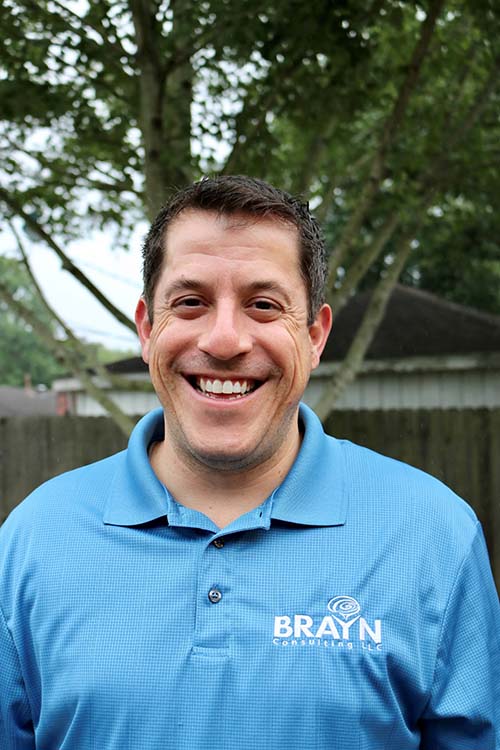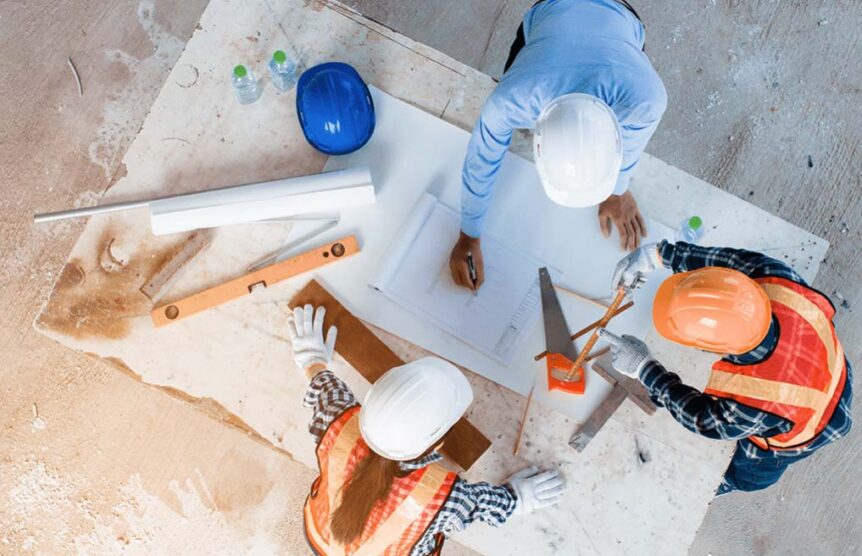Despite the tremendous need for new residential construction across the United States, the supply-chain backlogs stemming from the near two-year-old pandemic has frustrated the ability of home builders to truly maximize their profits even with incredible demand. However, some builders have uncovered several tax savings strategies to realize upwards of hundreds of thousands of dollars in federal income tax savings to not only help mitigate the current cost of the supply-chain but, often times, exceed it.
These strategies include the following federal income tax credits:
- 45L New Energy Efficient Home Credit
- R&D Tax Credit
For the builders not currently using these strategies, it is of no fault of their own nor the fault of their current CPAs and tax return preparers and advisors, as there are thousands of specialty tax credits and incentives at the federal, state, and local levels. For the 45L and R&D Tax Credit in particular, they require specialization, including backgrounds in engineering, RESNET’s Home Energy Rating System (HERS), and Energy Star, to fully maximize and claim, so they would not be credits ordinarily prepared by even the best of CPAs and general tax practitioners.
Advertisement
However, with the right understanding and help from a specialist (in conjunction with their CPA), a home builder can truly maximize tax savings when they need it most.
45L New Energy Efficient Home Tax Credits
Under Section 45L of the federal tax code, builders can realize up to $2,000 per home/unit of dollar-for-dollar federal tax savings, generated in the year for which the home or unit is first sold or leased for use as a residence.
And while this may seem too good to be true, the following key components of a perfect storm make Section 45L an incredibly viable opportunity for tax savings right now:
- Prior Year (2018-2021) Opportunities: 45L tax credits are claimed on federal income tax return filings typically due in March, April, September, or October of the following year. With a three year statue of limitations to amend a tax return to refund tax, most builders today can look back to homes sold or first leased as early as January 2018.
- IECC 2006 Reference Standard for 2018-2021 Qualification: For units to qualify, they require a third-party certification performed by a RESNET HERS Rater that confirms fifty percent (50%) energy savings against a standard. The current 45L standard for 2018-2021 is IECC 2006, and with energy code compliance in Texas at IECC 2015 since 2016, one can quickly see how many homes — a vast majority for many home builders — will qualify for $2,000 per home tax credits.
With all these key components combined, a builder with 50 closings per year may have upwards of $400,000 of federal tax credits when looking at the 2018-2021 four-year period, and the time to act on this opportunity is quickly closing.
R&D Tax Credits
Section 45L tax credits are no-brainers for the volume builder. And even custom builders with as few as 30 homes per year would likely have significant opportunities to make a claim worthwhile to pursue.
On the contrary, while 45L would be available to the smaller volume builders, some smaller volume builders feel obtaining $12,000 of tax credits per year for only six homes would not be worth it.
In those high-end custom scenarios, the R&D (research and development) tax credit becomes increasingly more viable and has its own key components that would make it a perfect storm for many builders:
- Definition for “R&D” is Broadly Defined: For the tax credit, “R&D” is broadly defined and would include much of custom design and applied engineering activities. Even design to meet energy code compliance could constitute “R&D.”
- Prior Year (2018-2021) Opportunities: Same as 45L, and one can amend for refund withing three years from filing a tax return.
- Not Mutually-Exclusive with 45L but More Powerful: If qualified, both the 45L and R&D tax credits can be claimed, and claimed for the same home. However, unlike 45L that would be limited to the Alternative Minimum Tax (AMT), the R&D tax credit can be used to offset much of AMT for many home builders.
The net dollar-for-dollar tax credit for R&D tax credits is often as high as 8% of the “qualified” expenses, which for home builders, would be an allocation of payroll and certain contractors, and this allocation can be determined using estimates under the right methodology and circumstances.
As such, a smaller volume home builder that can establish more than $300,000 of qualified expenses annually could yield upwards of $100,000 of net dollar-for-dollar R&D tax credits over a four-year period.
Couple Tax with HERS Ratings Moving Forward
The R&D tax credit is a permanent part of the federal tax code, so a builder can not only recapture tax going back to 2018, but they can also set a path with their CPA and other advisors to claim moving forward. And while 45L is currently only extended through the end of 2021, the expectation is that it will be extended retroactively and through the end of 2022, at a minimum, in some form soon.
To that end, since 45L requires a certification by a HERS Rater, it would be important to set a plan forward that would incorporate 45L certifications along with HERS Ratings. This is becoming especially important in states like Texas, that have recently incorporated HERS Ratings as part of energy code compliance.
While the initial thought may be to a regular HERS Rating compliance firm to handle both, it is important to note that the 45L credit is governed by the federal tax code and must be compliant with the code, along with IRS Circular 230, that are the rules that the IRS used to govern tax service providers, amongst others.
In other words, it would be prudent to ensure that, whomever is being used to assist with 45L tax credits, not only have the required HERS Raters on staff, but also have attorneys, accountants, and other tax professionals, to ensure that you are compliant with all rules. While a builder’s CPA and other general tax advisors are critical members of the team, it is important the builder selects the right specialist to assist with the job as well.

Article by Justin DiLauro, a partner with BRAYN Consulting LLC, a consulting firm that provides a diverse set of tax and engineered-based services to a variety of industries, including home building. A degreed-engineer and member of the State Bar of Texas, Justin’s team also includes Licensed Professional Engineers, HERS Raters, and Energy Star professionals, and services to builders including 45L Tax Credits, R&D Tax Credits, HERS Ratings, and Energy Star Certifications.
Justin lives in Southwest Houston with his wife and three children and enjoys coaching his sons in baseball at West University Little League and soccer through the United Church Athletic League.
Learn more at www.brayn.com.

